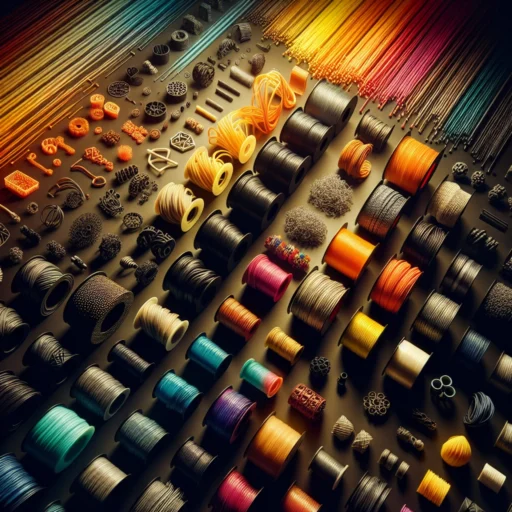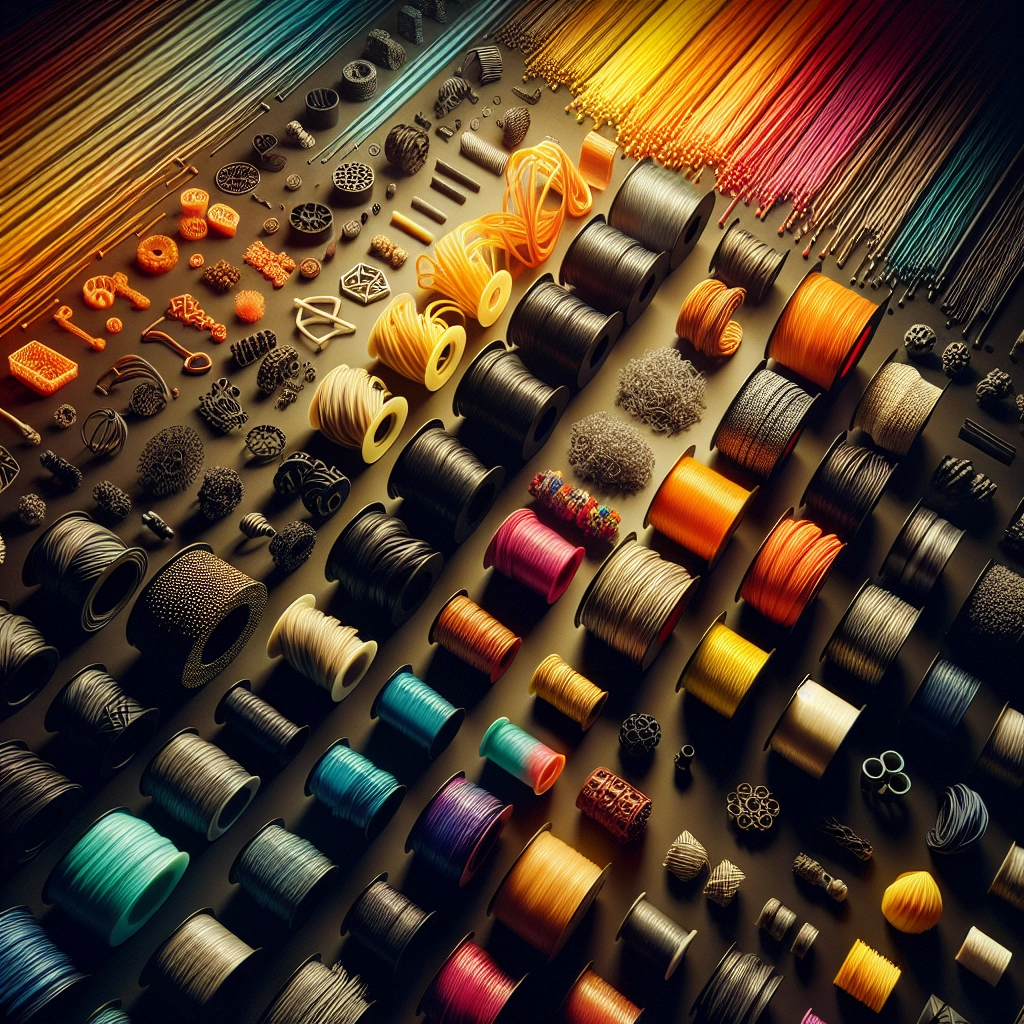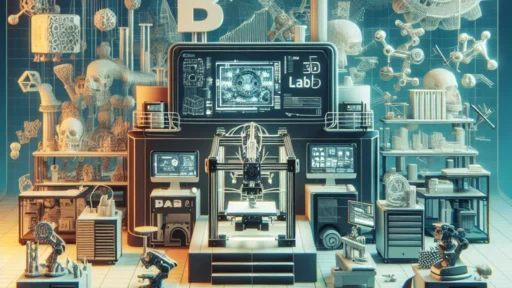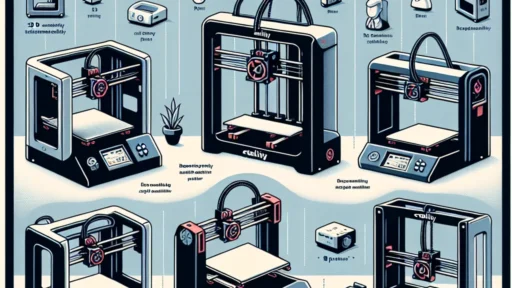3D Filament Types: Which One Is Right for Your Next Project?
If you’re diving into the world of 3D printing or are already a seasoned pro looking to switch things up, one of the most crucial decisions you’ll face is choosing the right filament for your project. With so many options on the market, selecting the right one can feel overwhelming. Fear not! We’re here to break down the popular types of 3D filaments and help you decide the best fit for your artistic or practical needs.
PLA: The Go-To Filament
Polylactic Acid (PLA) is the poster child of 3D printing materials. It’s biodegradable, derived from renewable resources like corn starch, and it’s super easy to use. PLA is great for beginners due to its low print temperature and excellent adhesion to the print bed.
But PLA isn’t just for novice printers. Its impressive detail and vibrant color options make it popular among experienced users too. Whether you’re crafting prototypes, toys, or decorative items, PLA is often the go-to choice. Just keep in mind, it’s not the best for functional parts exposed to heat or stress, as it can warp or deform at higher temperatures.
ABS: The Tough Cookie
If you need a filament that can withstand more heat and stress, Acrylonitrile Butadiene Styrene (ABS) is your guy. This material is the same one used to make LEGO bricks! ABS boasts excellent toughness and can endure higher temperatures than PLA, making it suitable for parts that have mechanical usage, such as housings and tool components.
However, working with ABS does have a bit of a learning curve. It tends to emit fumes during printing, so ensuring proper ventilation is essential. Also, ABS can warp as it cools, so a heated bed is recommended for a successful print. Still, if you’re looking for durability and resilience, ABS may be the perfect fit.
PETG: The Hybrid Hero
Polyethylene Terephthalate Glycol (PETG) is the middle ground many are looking for — a hybrid of PLA and ABS qualities. It’s strong, easy to print with, and has a certain level of flexibility. What’s more, PETG is less prone to warping than ABS while providing better temperature resistance than PLA.
A significant perk of using PETG is its food-safe qualities, making it a popular choice for creating containers, utensils, or anything that might come in contact with food (make sure to double-check the specific brand you choose, though). If your project requires durability without sacrificing ease of use, PETG could be your best bet.
TPU: The Flexible Friend
If you’re after flexibility, Thermoplastic Polyurethane (TPU) is the filament you need. TPU can bend and stretch, making it great for wearable tech, phone cases, and any component that should withstand some motion. Printing with TPU requires a different approach since its elasticity can lead to feeding issues in some printers.
Not every printer is equipped to handle flexible materials, so be sure to check if your setup supports TPU. But once you get it right, the results can be incredibly satisfying and functional!
Nylon: The Industrial Choice
For those looking for strong, durable prints, Nylon is a remarkable option. It’s known for its toughness and flexibility, making it an excellent choice for functional parts that might face daily wear and tear. Nylon can also withstand higher temperatures compared to other filaments.
However, Nylon has its quirks — it’s highly absorbent and can be tricky to print with due to its tendency to warp and the fact that it requires a heated bed. It’s not the easiest material for beginners, but for professionals looking for performance and longevity, it’s worth considering.
Which One is Right for You?
Deciding which filament to use ultimately depends on your specific project. Are you creating a decorative piece? PLA is your friend! Do you need something more rugged for practical applications? Consider ABS or Nylon. If you want the best of both worlds, give PETG a try. And for anything that requires flexibility, TPU is a fantastic choice.
Ultimately, experimenting with different filaments can be a rewarding journey. Each one brings its unique characteristics and challenges, contributing to your growth and skills as a 3D printing enthusiast. So gear up, pick a filament that resonates with your project, and enjoy the creative process. Happy printing!






